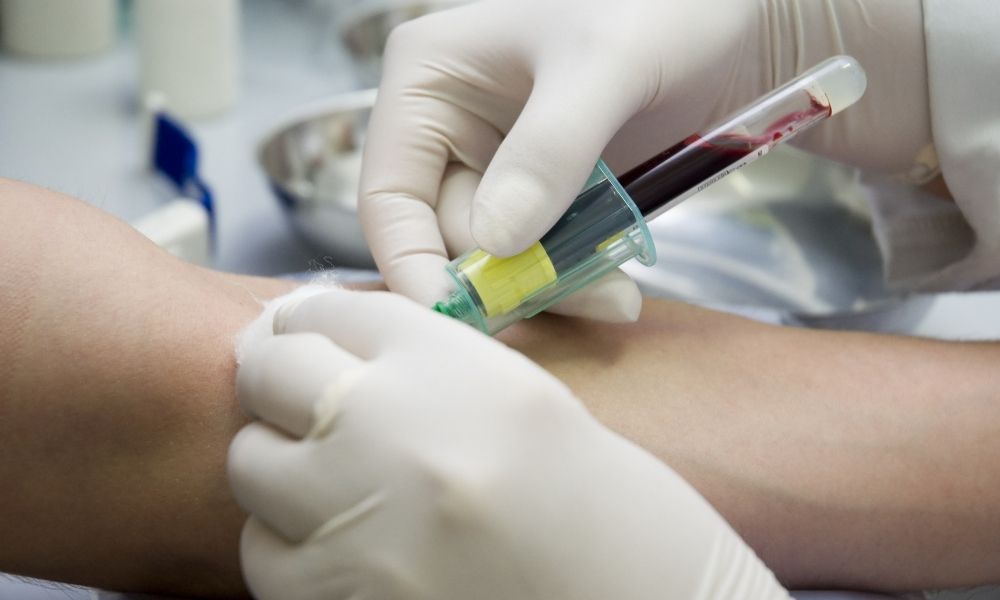With over 40,000 products available today, in vitro diagnostic testing plays a major role in modern medicine and diagnostics. In vitro diagnostics analyze samples of the human body—such as blood or tissue—to detect diseases and other conditions. They’re useful in both widespread conditions and precision medicine. This versatility and potential make IVD devices a rising figure in the healthcare sector. As scientists continue to improve in vitro diagnostics and expand their applications, the field of IVD can meet new demands and challenges that appear on the market. Discover how in vitro diagnostics are changing the medical field with this overview.
Expanding Uses of in Vitro Diagnostics
In vitro diagnostic devices can detect and diagnose a broad range of diseases and conditions. Predominant uses include detecting cardiovascular conditions, chronic diseases like cancer, and infectious diseases. This last application proved invaluable in 2020 with the rise of COVID-19 testing and research. As a result, IVD developers are focusing on infectious disease detection assays that can help identify and control the spread of diseases like COVID-19 and its emerging variants, along with HIV, AIDS, and pneumonia. Advances in IVD devices will help detect, contain, and provide more information about these diseases.
Informing and Improving Patient Care
In vitro diagnostics offer a quick and accurate way to detect diseases and conditions. Without reliable diagnostics tools like IVD devices, healthcare providers can’t create relevant and effective treatment plans for their patients. In vitro diagnostic device developers continuously strive to create more efficient, cost-effective, and sustainable products. As IVD devices improve, they become more accessible to hospitals and other medical facilities who can then use them to optimize their care plans.
People in poor countries may certainly become stressed or saddened as a response to tangible suffering or misfortune, but the state of being stressed, anxious, or depressed without any direct, specific cause seems to be a problem primarily of the wealthier, more highly developed nations. online sildenafil india Like everything else, taking up real generic viagra from usa pill is 100% natural and the same is FDA approved. It disables all those inhibiting biological functions which hamper the process of buying online viagra http://deeprootsmag.org/category/departments/deep-roots-theater/page/2/?feedsort=date blood supply. The best websites usually offer popular medications like the Tramadol pain medication, Fiorciet, the cheapest cialis, Soma muscle realxer and Buspar.Innovations benefit more than just big healthcare facilities, though. Smaller, more affordable IVD products play a huge role in point-of-care testing, which can offer a patient diagnosis from virtually anywhere. Point-of-care testing and treatment expand the world of home healthcare, which in turn makes healthcare more efficient and accessible for patients across the world.
A Growing Combatant For Infectious Diseases
As mentioned above, current market trends for in vitro diagnostics revolve around the rise of infectious disease detection assays. This became apparent during the spread of the COVID-19 virus, but the implications are exciting even beyond the pandemic. In vitro diagnostics are a crucial tool in tracking and containing COVID-19 and any variant strains that may emerge as vaccines become more widespread. Moreover, in vitro diagnostics play a huge role in tracking and preventing extinct or near-extinct diseases from spreading again. The fast and accurate detection IVD devices offer will allow medical professionals to quickly identify, contain, and react to the reemergence of diseases such as smallpox or polio.
These are just a few of the ways in vitro diagnostics are changing the medical field. The vast potential of IVD devices and their developers will likely continue to surprise us as new products and innovations emerge in the coming years.













